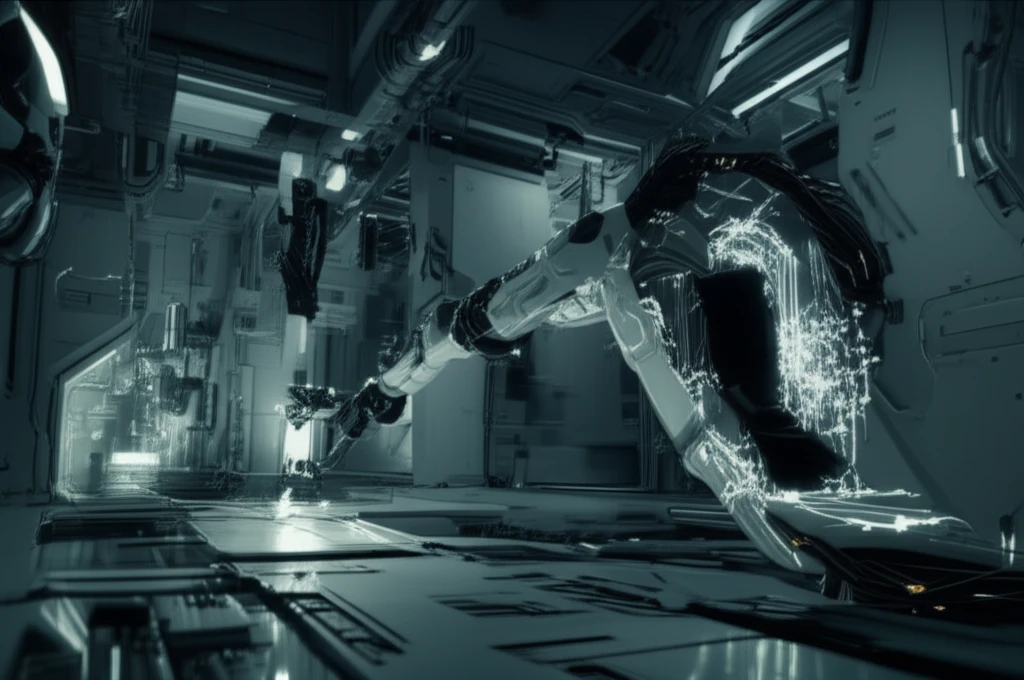
Robot Control Gets Smarter: Fuzzy Logic Enhances Backstepping for Precision
"New adaptive control method improves robot manipulator accuracy and robustness in challenging environments."
Robots are increasingly prevalent in our daily lives, performing tasks autonomously or under human control. As the systems they control become more complex, so too must the control strategies that govern them. In recent decades, advanced control methods have emerged, including fuzzy logic control, sliding mode control, backstepping control, and adaptive control, particularly for nonlinear systems.
Fuzzy logic control, rooted in fuzzy set theory, utilizes linguistic control rules derived from expert knowledge, circumventing the need for a precise mathematical model of the system. Its versatility has led to applications in active suspension control, robot manipulator control, and process control.
Backstepping control has gained popularity due to its systematic approach. It defines the Lyapunov function and feedback control law in a structured manner during controller design, making it suitable for nonlinear systems. This method has found application in mobile robot control, antilock brake systems, and unmanned aerial vehicles. Recent advancements have combined backstepping and fuzzy logic, particularly in adaptive designs, where fuzzy logic estimates unknown system functions.
Fuzzy Robust Backstepping Control with Estimation (F-RBCE): A Step Forward

This research introduces a novel fuzzy robust backstepping controller with estimation (F-RBCE) designed to enhance the control of robot manipulators. Backstepping control's systematic approach to stability analysis and control law design is leveraged, with fuzzy logic units integrated to dynamically adjust the gains of the backstepping controller.
- Robustness: The controller is designed to handle uncertainties and disturbances.
- Adaptability: Fuzzy logic dynamically adjusts control gains.
- Estimation: Equivalent control estimation reduces reliance on a precise system model.
- Performance: Numerical results demonstrate successful trajectory tracking.
Enhanced Robot Control Through Fuzzy Logic Integration
The study demonstrates the effectiveness of the F-RBCE in controlling a robot manipulator, even under challenging conditions. Numerical simulations confirm its ability to maintain accurate trajectory tracking despite external disturbances and variations in the robot's parameters.
By combining backstepping control with fuzzy logic gain adaptation and equivalent control estimation, the F-RBCE offers a robust and adaptable solution for robot control applications. This approach reduces the need for a precise mathematical model and enhances the controller's ability to handle uncertainties.
The successful implementation of the F-RBCE suggests its potential for use in various robot manipulator applications, particularly those requiring high precision and robustness in dynamic and uncertain environments. Further research could explore its application to other robotic systems and control challenges.
